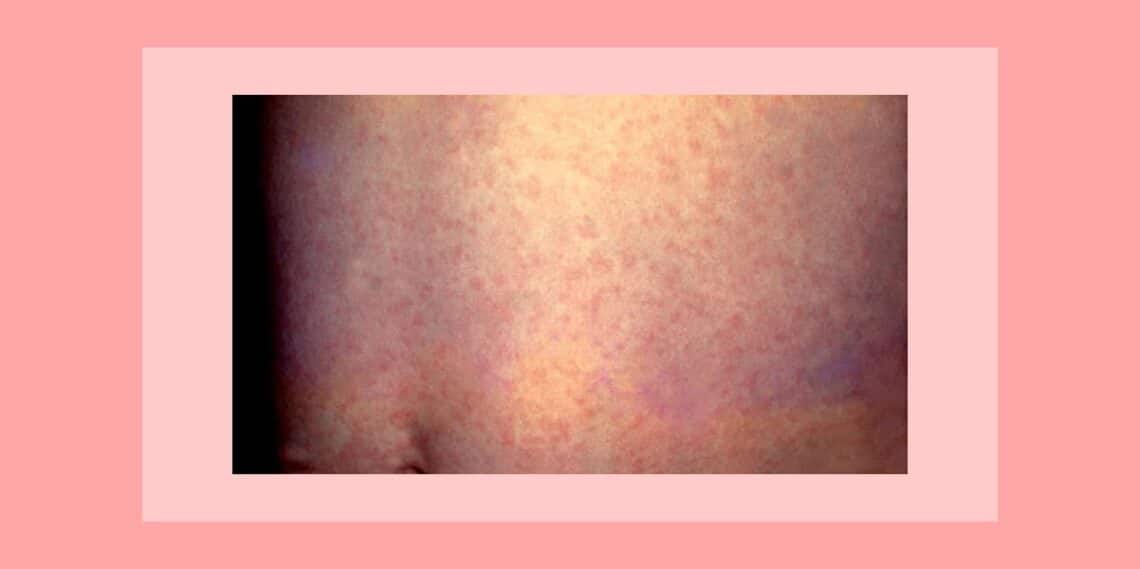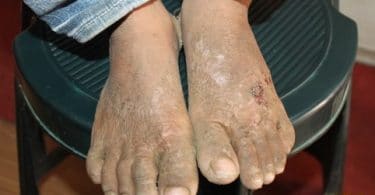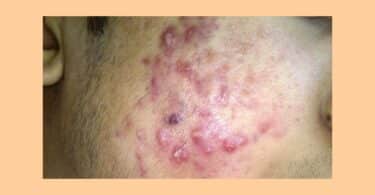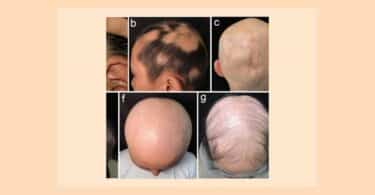From: Homoeopathy in Medicine and Surgery, 1913
A man, thirty-four years of age, was the subject. When an infant he had the worst case of measles I ever saw. He was a puny child. Under antipsorics and good care he gradually improved and became well in youth, excepting a slight discharge from the ears. From 1892 to 1898 he came to the office at regular intervals. Careful prescribing cured the discharge from one ear and brought down the other to an occasional drop. He was a full sized strong, active man. The philistines persuaded him to have the last drop stopped by local interference. I lost sight of him until January, 1904, when he reappeared with a tale of woe.
After the drop had been suppressed he became stout, but felt well until about nine months before he called, when he discovered a tumor on his left knee. The line of incision for its removal(a large, dark scar) was best seen when the limb was extended, being situated diagonally alongside the patella, about midway between it and the inner condyle of the femur. The tumor was removed by a well-known surgeon. It proved to be sarcoma. He exhibited to me a tumor occupying the anterior, exterior portion of the left thigh, its centre about nine inches above the knee joint, about the size of a large fist, which was tapered off by swelling and infiltration of less and lesser density, in great bulk, reaching from the knee to the upper third of the thigh. It was symmetrical, doughy, stiff and unyielding, interfered with muscular movements, and was somewhat sensitive to examination; yielded drawing pain, which was worse in wet weather and when storms approached and was worse when fatigued, but demanded some exercise.
Numerous large veins existed over and near the tumor. On the inner surface of the thigh, on a level with the centre of the tumor, was a spot about the size of a quarter dollar, irregularly radiated with red streaks like the spokes of a wheel, which partially abated under pressure and were sensitive to manipulation. Patient said that there was a slight tumefaction at the time of the operation where the present tumor was found, which the surgeon thought would disappear soon. The futility of any operative measure short of amputation at the hip joint for the relief of the case as it existed was apparent. I gave Rhus tox., two hundredth, in water every three hours until improvement should be observed.
Three months later the tumor was smaller, softer, lower on the limb, more to the left, not so uncomfortable; function improved; red spot fading; ear discharging. Already the suppression of the discharge from the ear, which had caused so much disaster by metastasis, had been overcome. Remedy continued, an hour to be added to every interval between doses.
Two months later the tumor was smaller, softer, lower, more to left, migrating towards the operation scar; veins less prominent, function better, aching and soreness increased; looked as if bruised and red spot nearly gone. Medicine continued.
One month later the tumor was lower, smaller, softer; function increasing; but, lower still and in front, there appeared a swollen red place, with aching and soreness in wet weather.
Medicine continued.
Two weeks later, in consequence of a cold, sharp, cutting pain developed in tumor. The spot in front became sensitive, with red centre. Motion caused a “sensation in it like fire.” All symptoms increased by motion. I gave Bryonia, two hundredth, in water every two hours.
By the following week the situation had improved in all respects, excepting in the new spot already alluded to. That was about the same or a trifle worse. Soon after I stuck a piece of isinglass plaster over the discolored part and traced its outlines; and afterward colored the different sections with crayons. Here is a copy of it – accurate if not artistic. The centre of the discoloration was three inches above the articular surface of the knee joint. There was slight, watery discharge from the dark places. Medicine continued.
The next month the red color had nearly disappeared. Patient said that in the morning it was scarcely perceptible. The central scab was thicker, the dark portions scabbing, with pus oozing at the edges, giving relief. The ear had stopped running. Tumor and infiltration diminished and working their way down towards the scar produced by the operation. A creepy sensation was felt in the scar at times. Two large veins, only, were visible; function improved. Medicine continued at longer intervals.
Early in September an occasional drop from the ear appeared. The area of red and brown seen two months ago was now a brown scab, a third less in superficial extent, sharply defined, with pus oozing from under the edges; the skin being healthy up to the line of demarcation. Veins made no showing. Swelling and hardness reduced. Operation scar pale and less conspicuous. Knee a little stiff when going upstairs, but otherwise function was improved. General health excellent. Medicine continued at longer intervals.
Before the month expired patient was better every way. Scab reduced to two small portions. Circumference of thigh at affected point only one inch greater than that of the other limb. Medicine at long intervals. The following January the scabs were gone, skin smooth, two tawny spots where brown was; slight signs of tumor near scar; some stiffness, the result of exposure to wet and cold, improved by exercise. Therefore I changed the medicine to rhus tox., two hundredth, in water every two hours until better. There has been no discharge from the ear for months.
In other words, the ear disease and all which it represented had been properly cured by internal, homoeopathic medicine and could no longer (suppressed) produce metastasis to thigh or elsewhere. At the same time, by the same means, the metastatic disease – the sarcoma of the thigh – had been cured!




